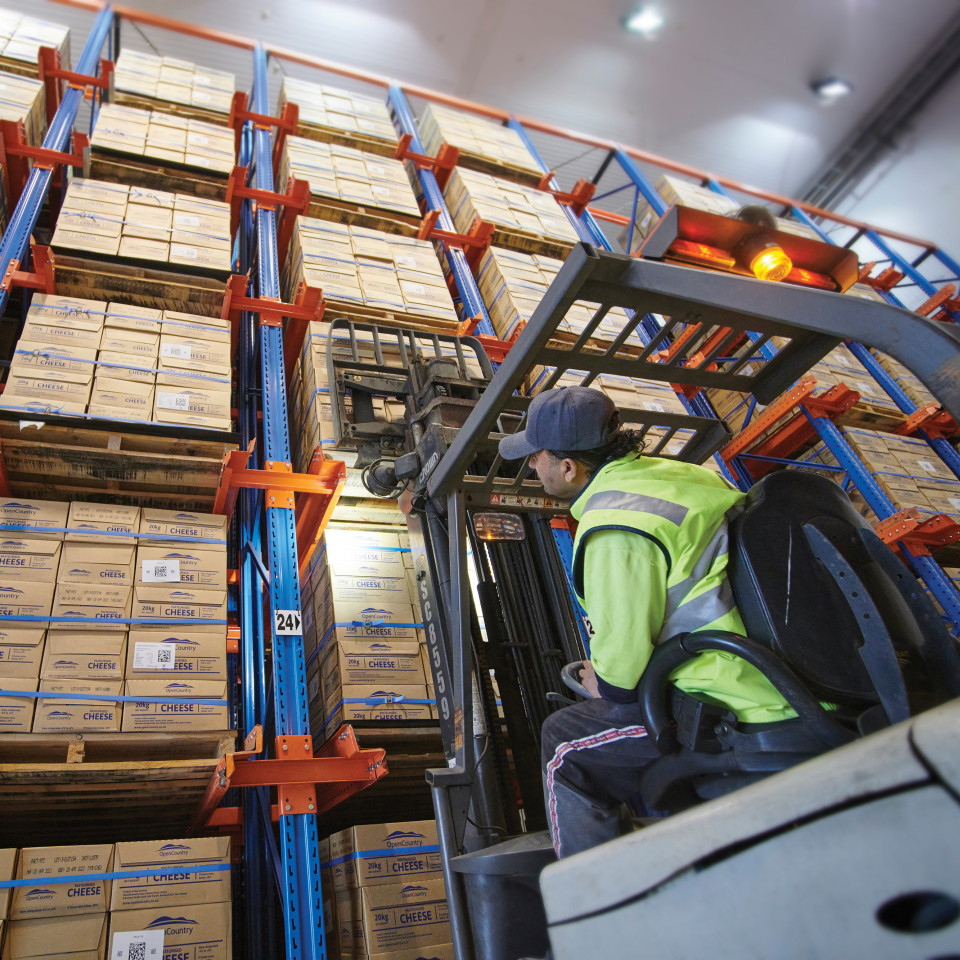Suez to Covid
When the giant container vessel ‘Ever Given’ ran aground in the Suez Canal in March this year, more than 400 vessels were forced to wait for several days. “Several days” may not sound like much, but it set off a ripple effect that was felt around the world, even in New Zealand.
The Sydney dock workers’ strike in September had a similar effect. Vessels were forced to make port rotation changes to avoid Sydney’s congestion, throwing export plans into turmoil.
The Covid pandemic has also bent the supply chain. The Yantian port in China, the world’s third largest, closed one of its terminals for an entire month when a Covid outbreak occurred in June.
Then in July, the port in Bluff temporarily closed when 14 crew aboard the container ship Mattina tested positive for the Delta variant. This port services Open Country’s largest manufacturing site.
Other disruptions are driven by market forces. With transport demand skyrocketing, US shipping companies are now chasing the money. For them, it makes commercial sense to send more ships across to China for $20,000 a container than down to New Zealand for $1000. Accordingly, supply routes to the Pacific have become less frequent and less direct.
